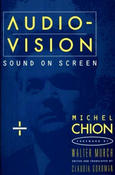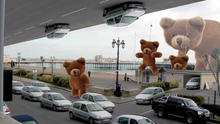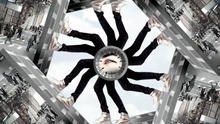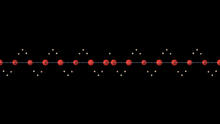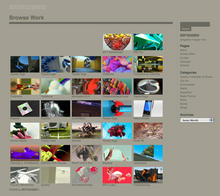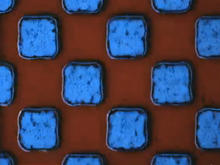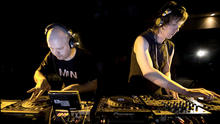Cyriak
(1975) – aka Cyril Harris – is a British freelance animator known for his surreal short web animations. A regular contributor to the British website B3ta since 2004, Cyriak displays a surreal animation style with a distinct British theme.
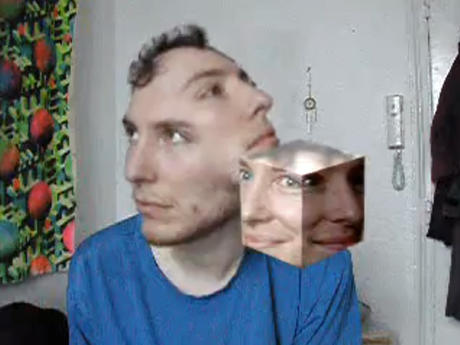
Cyriak Harris is a regular contributor to the British website B3ta since 2004, Cyriak displays a surreal animation style with a distinct British theme. Many of his animations are based on Z-List celebrities, television shows and his hometown of Brighton.
His work has been noticed by the BBC which resulted in a short interview, and the airing of his animation DeadEnders (based on the long-running soap opera EastEnders) on the BBC3 comedy series Comedy Shuffle. He also received a special mention in the results of a Photoshop competition run by the technology series Click.
Cyriak's YouTube account features a compilation of his animations, which have been popular throughout the blogosphere and noted by Wired's Eliot Van Buskirk, and he was featured on the front page with his animation MOO.
As a freelance animator he has been commissioned by Coke for a Coke Zero advert, the video sharing website sumo.tv, and a music video for Grand Popo Football Club, among others. Some of his work is set to his own electronic music compositions of which he creates in Image-line's FL Studio.
On the 9th September 2009 Derren Brown claimed to predict the lottery numbers live on TV. Cyriak uploaded a possible explanation to his youtube channel which gained half a million views within a week and attention from National Press. Cyriak's work has recurringly featured cats, cows, and robots, among other themes.
On 3 December 2009, Cyriak was announced as the winner of the 2009 E4 E Stings competition.
On 1 January, 2011, several of Cyriak's Youtube videos were used in a special New Year's event on Adult Swim. Cyriak has also made several bumps for Adult Swim.
He has noted on his personal Youtube page that he uses a combination of Adobe Photoshop and After Effects for his animation and visuals along with FL Studio for original music pieces alongside his videos.
Source: Wikipedia
Cyriak began spreading his surreal animations across the internet in 2004, and has been earning a living from them for the past 5 years.
He currently lives in Worthing near Brighton, and divides his time between commissioned work and personal projects.
Commissions are varied and have included music videos, viral campaigns, tv adverts, titles and channel idents, with clients ranging from Coca Cola to the BBC.
Cyriak's tool of choice is Adobe After Effects and his brain is fuelled by endless cups of tea.
Source: Flash On The Beach
